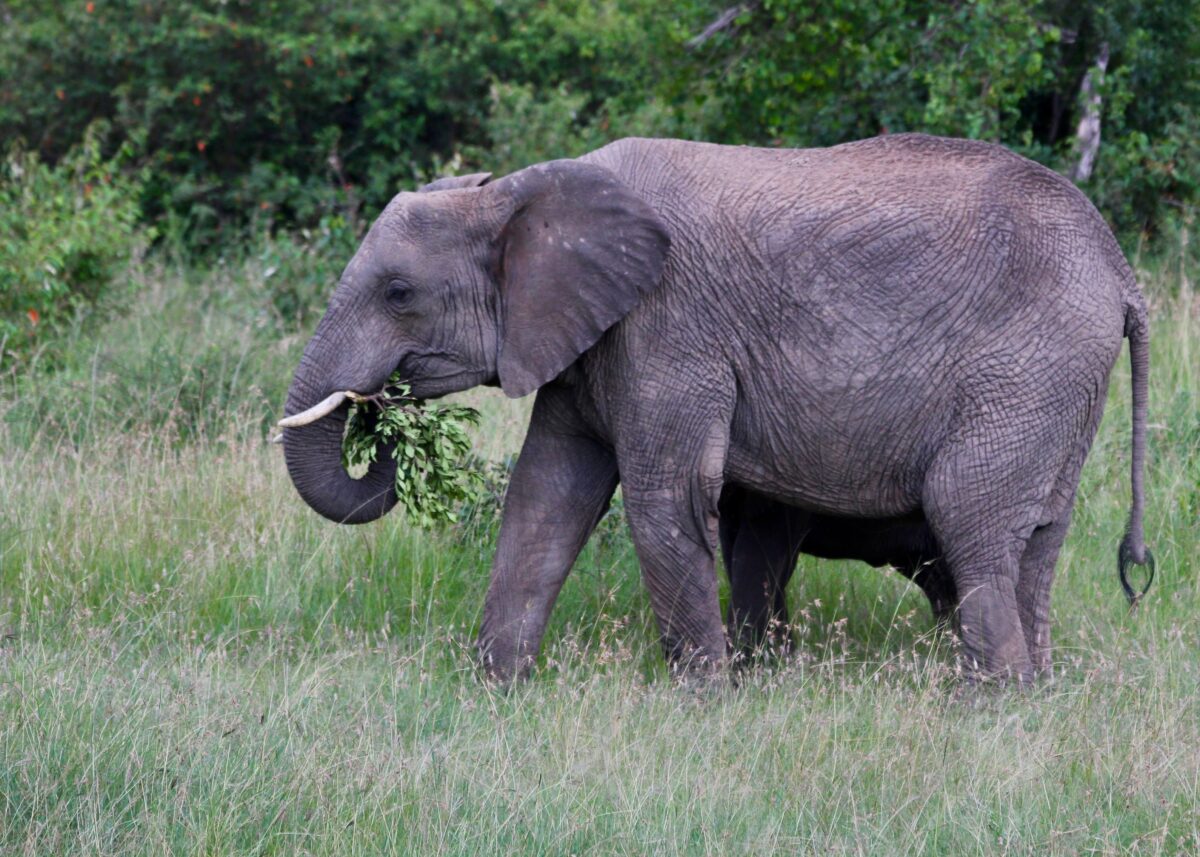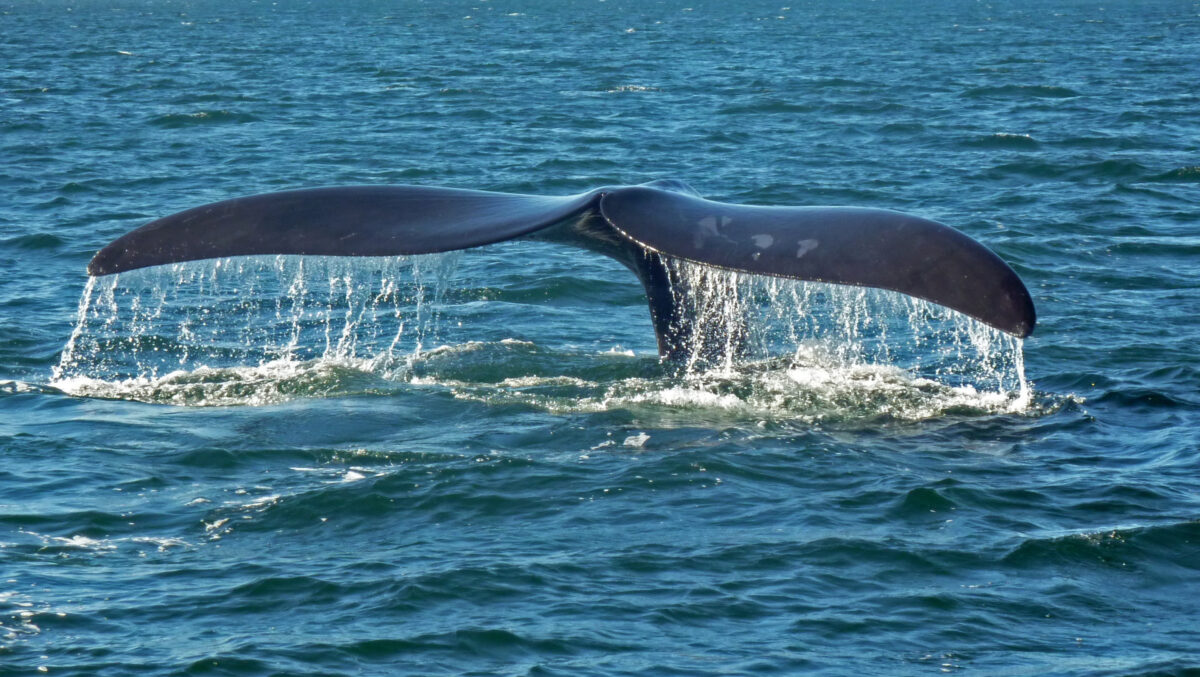What do electric cars, sustainable energy and elephants have in common? Surprisingly, they are all effective at reducing atmospheric carbon in the environment. A recent study published in the Proceedings of the National Academy of Sciences revealed that African forest elephants play a much greater role in helping forests collect atmospheric carbon than previously known.
Unfortunately, these elephants are on the brink of extinction due to poaching and habitat destruction. It is predicted that the extinction of African forest elephants would directly limit the ability of the African rainforests to store atmospheric carbon by 6-9%.
African forest elephants promote the growth of high wood-density trees over low-WD trees. High-WD trees take longer to grow, but they can trap and store a greater amount of carbon than low-WD trees. The elephants were found to browse low-WD leaves as a food source more frequently than high-WD leaves, presumably because low-WD leaves are more accessible, have greater nutritional value and are more easily digested than high-WD leaves. When elephants feed on the low-WD foliage, they make space for the slow-growing high-WD trees, allowing them to receive more sunlight and nutrients. In other words, the elephant’s preference keeps low-WD trees from outcompeting the high-WD trees.
Elephants also prefer larger fruit. Compared to low-WD trees, high-WD trees produce larger fruit with a higher sugar content and nutritional value. Thus, the elephants were found to snack more often on fruit from high-WD trees. Once fruit is consumed, the seeds can pass through their digestive system undamaged and exit through their dung. Therefore, elephants are responsible for a significant amount of high-WD seed dispersal throughout the forest.
Overall, the food preferences of African elephants affect the forest’s ability to sequester atmospheric carbon in high-WD trees. Without these elephants, more carbon will be released into the environment, which will add to the already pressing matter of global warming. The argument for saving elephant populations in West and Central Africa has never been clearer. Saving the elephants can help save our planet.









